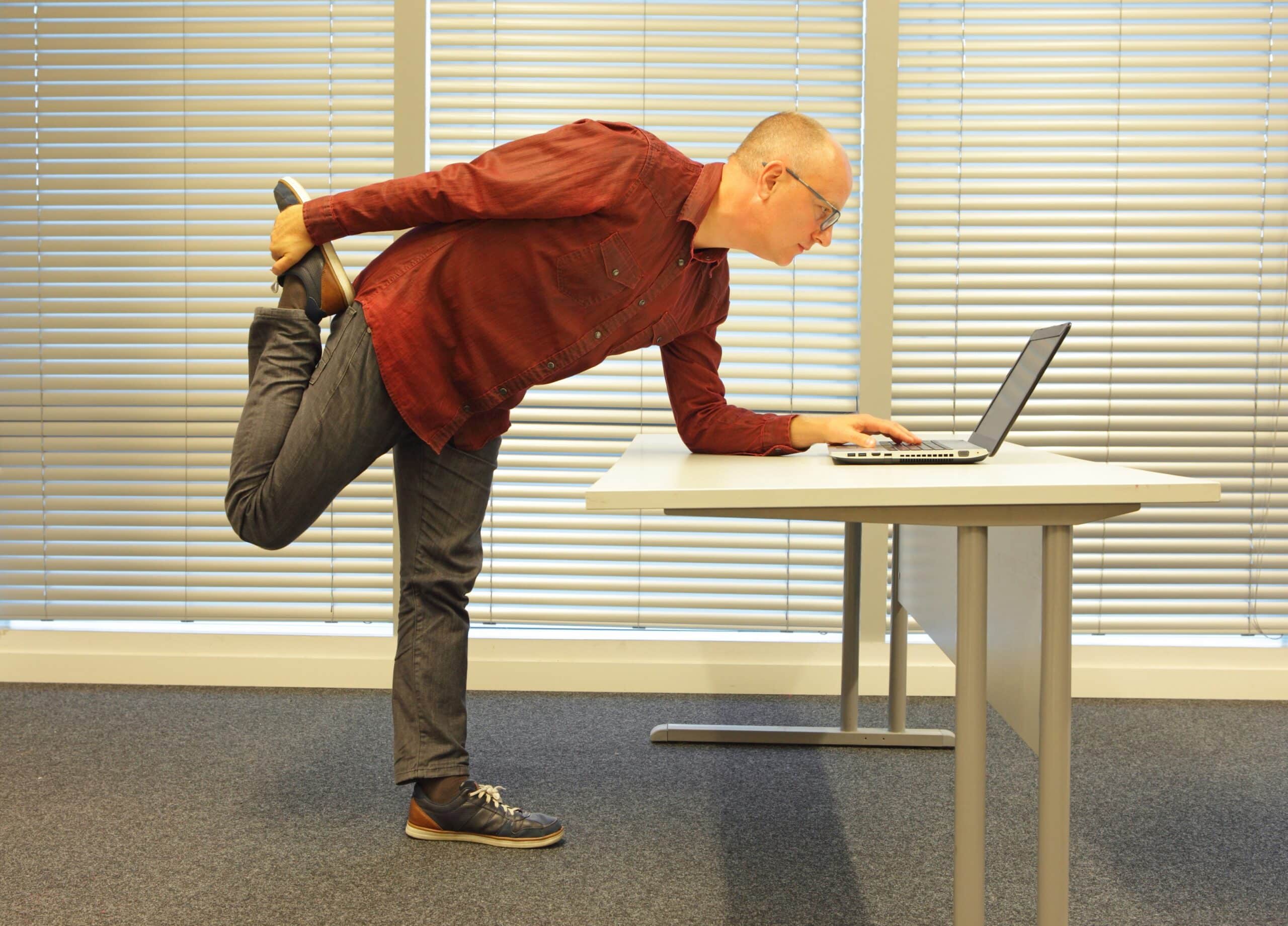This study published in JAMA Network Open, emphasizes the associated harms and suggests workplace system changes to help denormalize this increasingly sedentary behavior, similar to the process of denormalizing smoking. The researchers wanted to provide answers to what are the health outcomes associated with prolonged occupational sitting among healthy people with various levels of physical activity.
“As part of modern lifestyles, prolonged occupational sitting is considered normal and has not received due attention, even though its deleterious effect on health outcomes has been demonstrated,” the author wrote. “These findings suggest that reducing prolonged sitting in the workplace and/or increasing the volume or intensity of daily physical activity may be beneficial in mitigating the elevated risks of all-cause mortality and cardiovascular disease associated with prolonged occupational sitting.”
This study included 481,688 participants with a mean age of 39.3 years old over a mean follow-up period of 12.85 years, focusing on their health, occupational sitting, physical activity, and other lifestyle habits. 3 occupational sitting volumes were identified: mostly sitting, alternating sitting and non-sitting, and mostly not sitting. Having a sedentary work life was defined as spending most of their time sitting.
Analysis showed that 60.2% of the participants were in the mostly sitting group, 10.7% were in the non-sitting group, and 29.1% were in the alternating group. Physical activity varied across the groups, with 47.5% of the mostly sitting group being physically inactive compared to 51.7% in the alternating group, and 57.2% in the mostly not sitting group.
During the follow-up period, 26,257 deaths occurred with 57.3% occurring in the most sitting group. There were 5371 CVD-related deaths, and of those, 60.2% occurred in the mostly sitting group. Findings revealed that those who were predominantly sedentary at work had a 16% higher risk of mortality from all causes and a 34% higher risk of cardiovascular disease (CVD) than those who do not predominantly sit at work. Additionally, those in the alternating group were not found to experience the increased risks. These findings held true across numerous subpopulations even after adjusting for various potentially confounding factors.
Further analysis revealed that those who predominantly sit at work need to engage in an additional 15 to 30 minutes of physical activity every day to offset the increased risk of death and CVD to reach the same levels of risk as those who do not predominantly sit at work. Alternating between sitting and non-sitting/standing to move while at work was found to help attenuate the harms of prolonged occupational sitting.
“The observed attenuated risk among individuals who alternate between sitting and non-sitting at work suggests that incorporating regular breaks in work settings can be beneficial,” the authors write. “Our findings offer reassurance that the increased risks can be offset by an extra 15 to 30 minutes per day of exercise per day or by participating in more physically intense activities. Employers can play a role in facilitating this by providing designated areas for LTPA (leisure-time physical activity) or offering company-sponsored group activities.”
The researchers believe that their study suggests that the detrimental effects of prolonged sitting while at work can be offset by taking regular breaks to stand and move around as well as engaging in additional physical activities. Standing desks, gym memberships, and areas designed for physical activity can be part of employer-provided solutions to help mitigate the risks that are associated with prolonged occupational sedentary time.
According to the researchers, there are several dangers behind prolonged sitting such as insufficient exercise of the lower limb muscles which can potentially lead to increased blood flow to the extremities, which in turn can result in reduced insulin action, diabetes, obesity, metabolic syndrome, and diminished kidney function; and all of which is associated with an increased risk for CVD and other health risks.
“Overall, our findings from a large prospective cohort help to strengthen the increasingly accumulating evidence linking a sedentary lifestyle and health risks,” the authors wrote.
The authors concluded that “The serious risks associated with prolonged occupational sitting can be mitigated by incorporating regular breaks and engaging in additional physical activity. Systemic changes, such as more frequent breaks, standing desks, designated workplace areas for physical activity, and gym membership benefits, can help reduce risk.”




